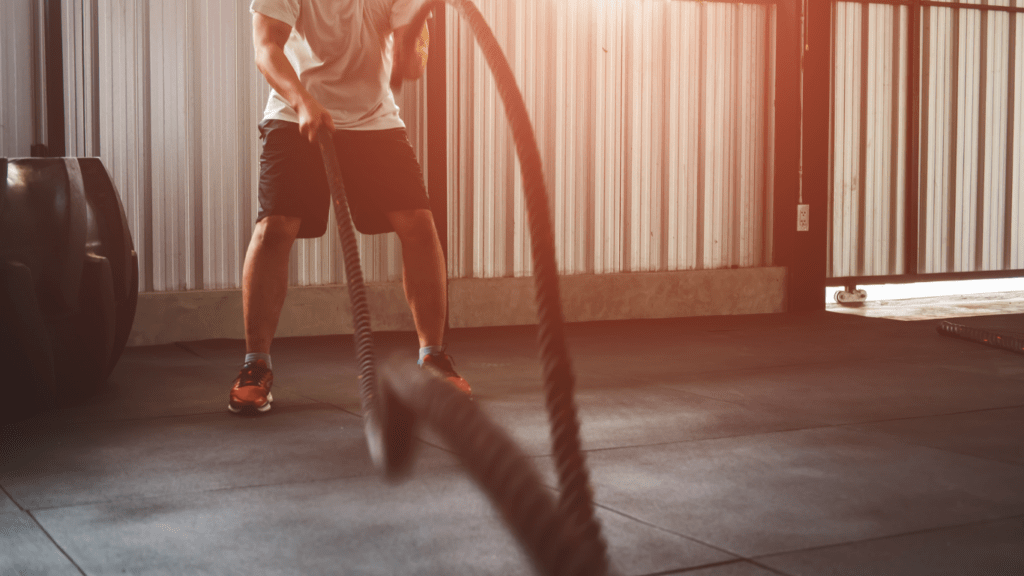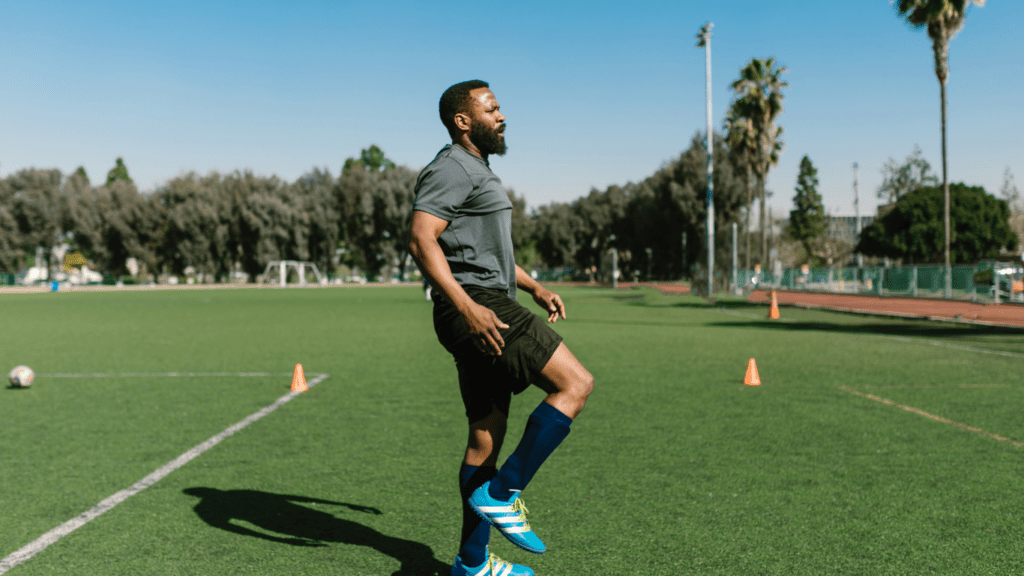Breathwork might just be the secret weapon you need for unlocking your full potential. As I’ve explored the world of performance enhancement, I’ve discovered that mastering how we breathe can dramatically boost our oxygen efficiency, leading to peak output in both physical and mental activities.
Whether you’re an athlete looking to improve endurance or a busy professional aiming for better focus, the right breathing techniques can make all the difference. In this article, I’ll share insights into various breathwork practices that can elevate your performance.
By understanding how to harness the power of your breath, you’ll not only enhance your oxygen utilization but also tap into a reservoir of energy you didn’t know you had. Get ready to dive into the transformative world of breathwork and discover how these techniques can propel you toward your goals.
Understanding Breathwork
Breathwork encompasses various techniques aimed at improving breathing efficiency and overall wellness. By understanding its historical background and modern applications, I can appreciate its significance in enhancing physical and mental performance.
Historical Context
Breathwork dates back thousands of years, with roots in ancient cultures. Practices like pranayama in yoga and Buddhist breathing techniques highlight its long-standing importance. In ancient China, Taoist traditions recognized breath as a vital energy source.
These practices emphasized the connection between breath and life force, laying the foundation for contemporary breathwork strategies.
Modern Practices
Modern breathwork techniques vary and cater to different goals. Techniques such as Wim Hof, Box Breathing, and Buteyko Method focus on enhancing oxygen efficiency.
| Technique | Goal | Description |
|---|---|---|
| Wim Hof | Increased endurance and energy | Combines breathing exercises with cold exposure |
| Box Breathing | Stress reduction and focus | Involves inhaling, holding, exhaling, and holding again, each for a count of four |
| Buteyko Method | Reduced hyperventilation and anxiety | Focuses on nasal breathing and breath control |
These modern methods leverage ancient wisdom while incorporating scientific insights, making breathwork accessible and effective for everyone seeking peak output.
Importance of Oxygen Efficiency
Oxygen efficiency plays a critical role in maximizing physical and mental performance. Enhancing this efficiency can lead to significant improvements in endurance, focus, and overall well-being.
Benefits for Athletes
Oxygen efficiency directly impacts athletic performance. Efficient oxygen use allows athletes to sustain prolonged physical activity with less fatigue. Techniques such as breath control and rhythmic breathing optimize oxygen uptake, contributing to improved stamina during intense workouts or competitions.
Scientific studies show that athletes practicing breathwork techniques experience reduced lactic acid buildup, resulting in faster recovery times.
Effects on Mental Clarity
Oxygen efficiency also enhances mental clarity. Greater oxygen flow to the brain supports cognitive function, leading to improved focus and concentration. Breathwork techniques increase oxygen supply to critical brain regions, facilitating clearer thinking during stressful or high-pressure situations.
Research indicates that individuals utilizing breathwork experience anxiety reduction and heightened mental resilience, allowing for better decision-making and task performance.
Techniques for Breathwork
I’ll explore various breathwork techniques that enhance oxygen efficiency and boost overall performance. These methods, including diaphragmatic breathing and box breathing, provide effective ways to unlock your peak output.
Diaphragmatic Breathing
Diaphragmatic breathing, also known as abdominal or deep breathing, engages the diaphragm fully. This technique promotes optimal oxygen intake and carbon dioxide expulsion. To practice, follow these steps:
- Find a Comfortable Position: Sit or lie down in a relaxed position.
- Place Your Hands: Lay one hand on your chest and the other on your abdomen.
- Inhale Deeply: Breathe in through the nose, allowing your diaphragm to expand and your abdomen to rise, while keeping your chest relatively still.
- Exhale Slowly: Breathe out through pursed lips, letting your abdomen fall.
Incorporating diaphragmatic breathing into daily routines enhances endurance and reduces stress levels. Studies show it can lower heart rate and promote relaxation, leading to improved focus during tasks.
Box Breathing
Box breathing, a structured breathing technique, emphasizes controlled inhalation, retention, exhalation, and pause. This method enhances mental clarity, reduces anxiety, and promotes emotional regulation. Here’s how to perform box breathing:
- Inhale Inward: Take a deep breath in for a count of four, filling your lungs completely.
- Hold Your Breath: Pause for another count of four, keeping your body relaxed.
- Exhale Slowly: Release the breath over a count of four, emptying your lungs fully.
- Pause Again: Hold the exhale for a count of four before starting the cycle again.
Practicing box breathing improves concentration and calms the nervous system, making it especially beneficial before high-pressure situations, such as competitions or important meetings. Research supports its effectiveness in reducing stress and enhancing performance.
Enhancing Oxygen Efficiency
Improving oxygen efficiency is vital for achieving top performance in any activity. Through specific techniques and strategies, I can optimize breathwork to maximize this efficiency.
Interval Training and Breathwork
Interval training, which alternates between intense bursts of activity and rest, significantly enhances oxygen uptake. Incorporating breathwork during these intervals boosts endurance and recovery.
For example, during high-intensity intervals, I practice power breathing. This technique involves forceful inhalations through the nose and strong exhalations through the mouth, enhancing oxygen delivery to muscles.
Research shows that using breath control in interval sessions can improve overall performance by up to 30%.
Integrating Breath Techniques in Workouts
Integrating breath techniques into workouts promotes better oxygen efficiency. I employ diaphragmatic breathing while lifting weights, which ensures deeper lung expansion and efficient oxygen exchange.
I also use box breathing during cooldowns to enhance recovery and regulate heart rate. With a structured approach, such as inhaling for four counts, holding for four counts, exhaling for four counts, and pausing for four counts, it becomes easier to stabilize energy levels. Including these techniques can improve workout efficacy significantly, translating into increased performance over time.




